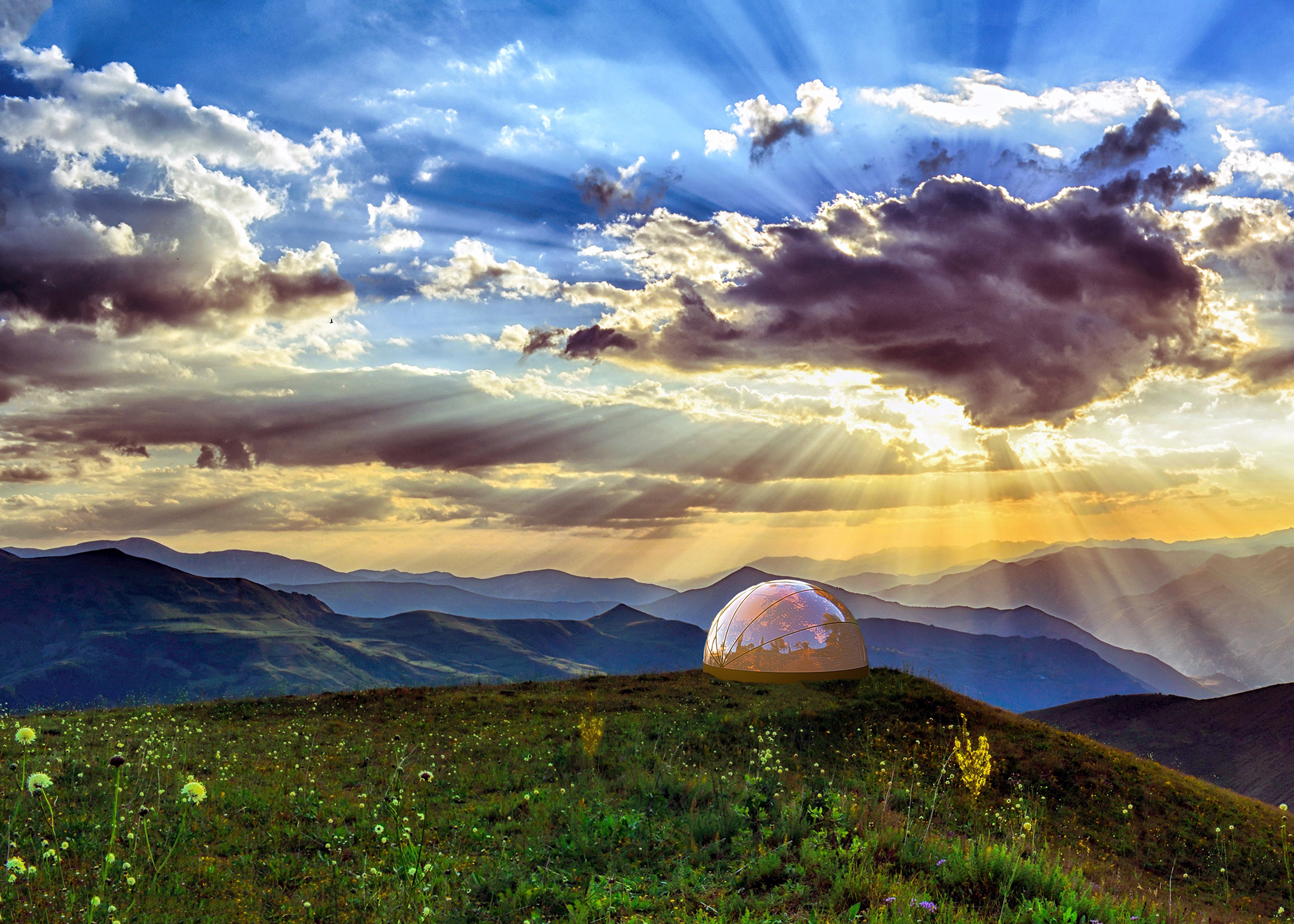HCD Breaking Through Competition – An experience as told by Kristin Dommer, AIA out of our D.C. office
#Architecture #competition #design #designforhealth #future #hcdmagazine
Share

Recently, I, along with a team of colleagues, participated in a conceptual design competition for HCD entitled “Breaking Through”. The ideas generated for this competition were to address current or future healthcare challenges. Teams were encouraged to propose innovative ideas that are an obvious departure from the current healthcare model while pushing beyond the boundaries imposed by current building codes and guidelines.
Every Friday, E4H team members from nearly every office came together via conference call during our lunch hour to brainstorm ideas, make critical decisions, and create a roadmap for milestones and tasks to be completed. Between meetings, ideas were shared on our Microsoft Teams portal while major decisions were put to a vote. Each meeting began with a summary of decisions made during the previous call and any voting results that came in, after which we would dive into lively discussions concerning our direction moving forward. Our meetings tended to be very energetic with a lot of thought-provoking ideas put on the table for debate, which we did with considerable enthusiasm!

Coming from the new D.C. office, I was late to the game and missed the first meeting where our concept, “See Green”, was developed. However, I was able to jump in on the next meeting where we began discussing how to take that concept and turn it into a schematic. We went through several possibilities that could allow us to capitalize on the idea that “Seeing Green”—visual access to nature—speeds recovery and reduces dependency on medicinal pain management. Our ideas ranged from using exaggerated double facades to house therapeutic gardens, to implementing mimicry of natural environments, to using light shafts as a functional programmatic element. Ultimately, after a vote, those ideas were rejected in favor of the winning concept of the “See Green 360°” transportable biodome.


The biodome not only places patients in close proximity to nature to aid the recovery process, but brings healthcare to the patient rather than the traditional model of having a centralized healthcare location to which all patients must travel. This new model would allow easier access to general healthcare and specialized medicine in rural areas and third world countries while also providing a reasonable means of addressing crisis situations. Much of the biodome concept can be automated including delivery by drone, an AI healthcare team, and remote access to the dome by healthcare professionals anywhere in the world.


The “See Green 360°” biodome goes beyond the idea of seeing green, and addresses the need for being green. Loaded with ultra-slim solar film, water collection tanks, and atmospheric moisture extraction technologies among other sustainable concepts, the dome is capable of being self-sustaining. The capability to support itself allows patients to be treated anywhere regardless of the utilities and services available in their communities.


During a typical project, team roles are clearly defined. The Breaking Through competition broke with tradition and allowed a more loosely defined collaboration. In a way, the lack of formal structure allowed less experienced team members to step up and take on leadership roles while others were able to step back and refine other strengths. For example, in my typical day, I am an architect. Some days I work in my capacity as a project architect, while other days see me in a support role, but I am still focused primarily on architecture. As a member of a competition team, I was able to volunteer my leadership and writing skills to help carry the deliverable over the finish line. While it was intimidating to put some of these skills on display in front of so many very talented individuals, the reaction I received from everyone was very supportive.


Overall, the competition was a great opportunity for learning and growth while being able to exercise creative energy without the structure and limitations typically imposed by building codes and traditional team dynamics. The interoffice collaboration, while sometimes challenging, was a fun way for our E4H team to exchange ideas and engage peers with whom we may not normally interact. Everyone’s ideas were treated equally whether they came from an interior designer, an architect, or someone from our graphics department. When the next opportunity to participate in a design competition arises, I hope you are inspired to stand up and volunteer. The experience is well worth the effort!
